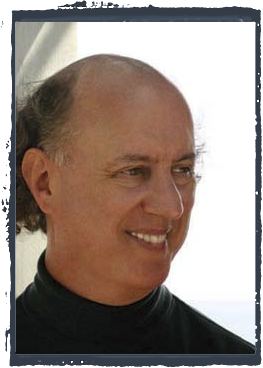Looking into the concert-grand scene, I’m delighted by its richness, and heartened to know that pianos—what some call “acoustic pianos”—are still beloved of many. After all, learning to play the piano is possible only by playing the piano; in an ideal world, every beginner would practice on a concert grand.
I once taught on a hundred-year-old Knabe, a nice old beast with a legend inside reading “Concert Grand 8 Feet.” Today’s concert grands are longer, running from just under 9 feet to over 10 feet. Each is some designer’s view of an ideal. It’s not a matter of “longer is better”; rather, different lengths reflect different responses to a host of design tradeoffs. I look forward to getting to know the models I’m not yet familiar with. One of them will require a trip to Australia!
Begin with two new designs, the Model One from Bluethner (280 cm., 9’2″), and the CC-94 (284.5 cm., 9’4″) from Mason & Hamlin. Every note in the Bluethner treble has an extra string not struck by the hammer but vibrating sympathetically; while Mason & Hamlin says its “Tension Resonator” system aids long-term soundboard stability. I suspect the tension resonator is also responsible for at least part of the Mason & Hamlin sound; for when I noticed how much like a Mason a Falcone piano sounded, the Falcone saleslady pointed out that it, too, had a tension resonator. (Falcone is no longer made. I am informed that many, or perhaps most, Falcones did not have the tension resonator.)
Then there’s the D-282 (282 cm., 9’3″) from C. Bechstein. The great Artur Schnabel long ago praised Bechstein tone for combining beauty and neutrality. I’m eager to see if that description still holds.
Steinway is changing hands for the n’th time in 41 years. It still makes the Model D (274 cm., 8’11 3/4″). I’ve played many D’s over the years, and from childhood had a kind of secular worship of the make.
Boesendorfer still makes its 280 (280 cm., 9’2″) and 290 (290 cm., 9’6″). The latter, called “Imperial,” has nine extra notes at the bottom, down to low C, supposedly so Busoni could play his Bach organ transcriptions. This is the instrument I chose for my most recent concert recording, and you hear it on the album. To me, the Imperial has an unusual relationship between what the pianist hears and what the audience hears, one that requires the performer to play to some degree on faith; but the instrument gives much in return.
Boesendorfer is now owned by Yamaha, which under its own name may produce more pianos than all other makers put together. Long familiar with Yamaha’s CF-III, I tried the new CFX (275 cm., 9’2″), and heard others perform on it, when I taught at the International Keyboard Institute and Festival, in New York City. The CFX strikes me as a distinct departure from its predecessors, and I look forward to having more experience of it.
My friend and mentor Leonid Hambro, a virtuoso of enormous experience, called the Steingraeber E-272 (272 cm., 9’1″) “the best piano I’ve ever played.” Coming from him, that was praise indeed! There’s a dealer in Berkeley, less than 400 miles from home. I’m looking forward to hearing the instrument and to experiencing the key-ivories, which are real but not from elephants. They’re of mammoth tusks! “From stocks which are over 10,000 years old,” writes the maker.
Sincere Kawai, forward-looking yet retaining much of value from the past, offers the EX (278 cm., 9’3″) and a premium version of the same size, the Shigeru Kawai EX.
Fazioli, brainchild of musician/engineer Paolo Fazioli, offers models at 278 and 308 cm. (9’3″ and 10’3″). The latter is the world’s longest piano. (The 11-foot Steinway in the White House is a model D in a longer case.) I described the Fazioli 308 in The Los Angeles Times Magazine; and heard Mr. Fazioli’s stimulating views on pianos in a long conversation with him in the piano store of the late and much-missed David L. Abell.
Finally, Stuart & Sons, of Australia, makes an intensely interesting Concert Grand (290 cm., 9’6″) with your choice of 97 or 102 keys and “the potential to 108,” writes founder Wayne Stuart. Compared to a standard 88-key instrument running A to C, Stuart & Sons’ 97 keys include an extra four at the bottom and five at the top, and run F to F. The 102 has nine extra at the bottom, like the Boesendorfer Imperial, and again five extra at the top; and runs C to F. (The Boesendorfers don’t have extra notes at the top, nor do any other pianos I know of.) If I get to Australia I can try one; for Mr. Stuart informs me there are none in the USA.
So, a baker’s dozen. (I know the metaphor was gardens, but I just got back from the doughnut shop.) Let me know if I’ve missed any!
(I’ve done my best with length measurements. Manufacturers are often inconsistent!)
